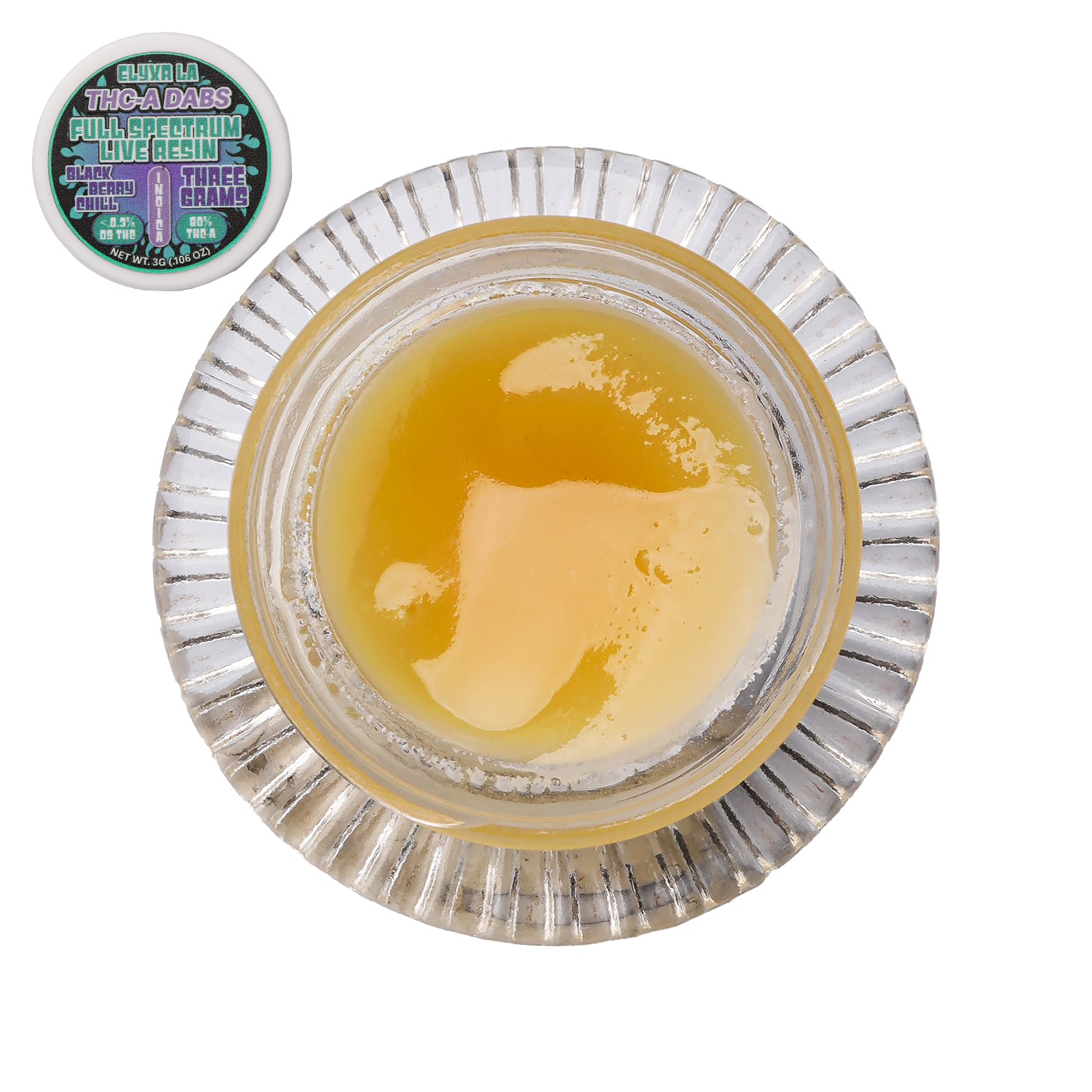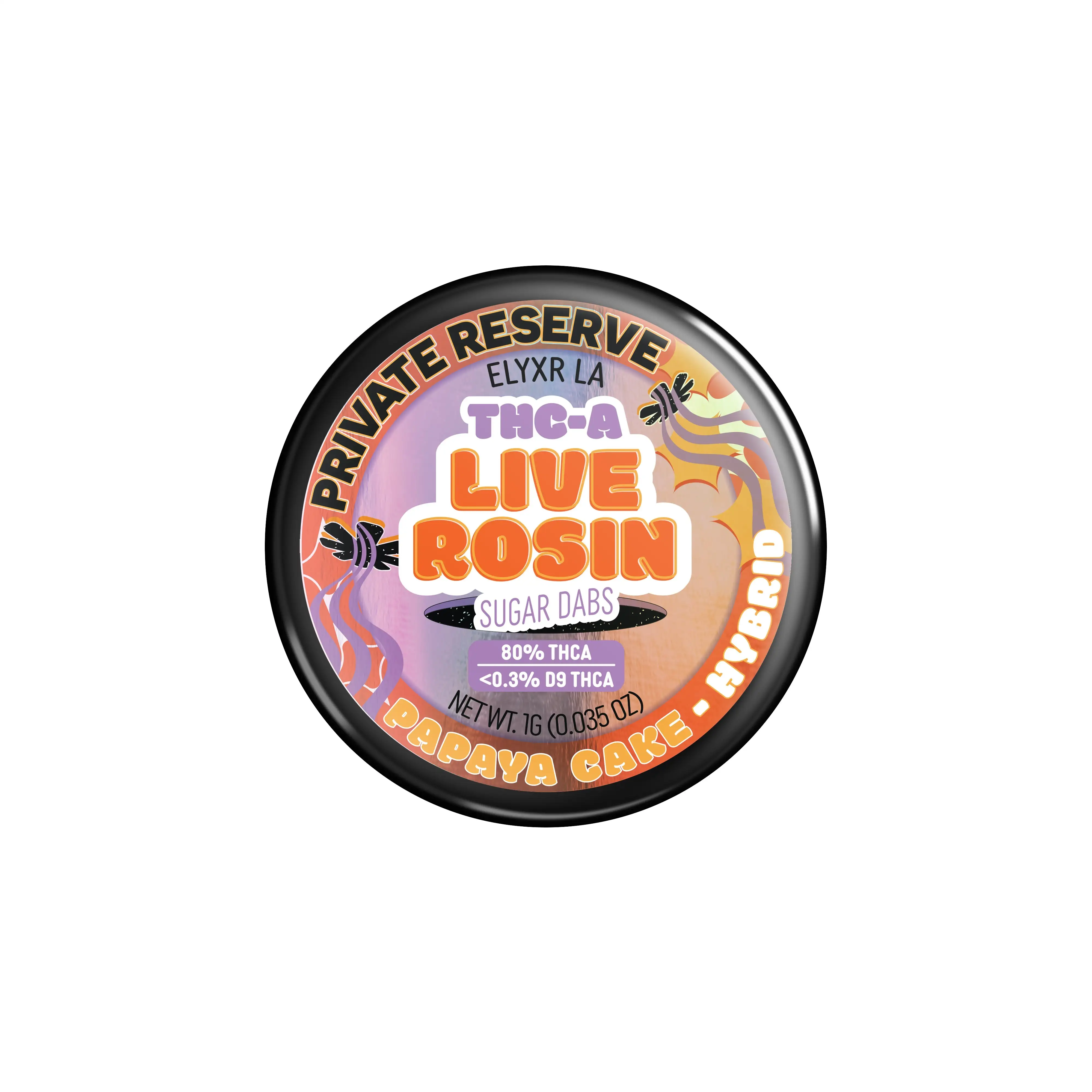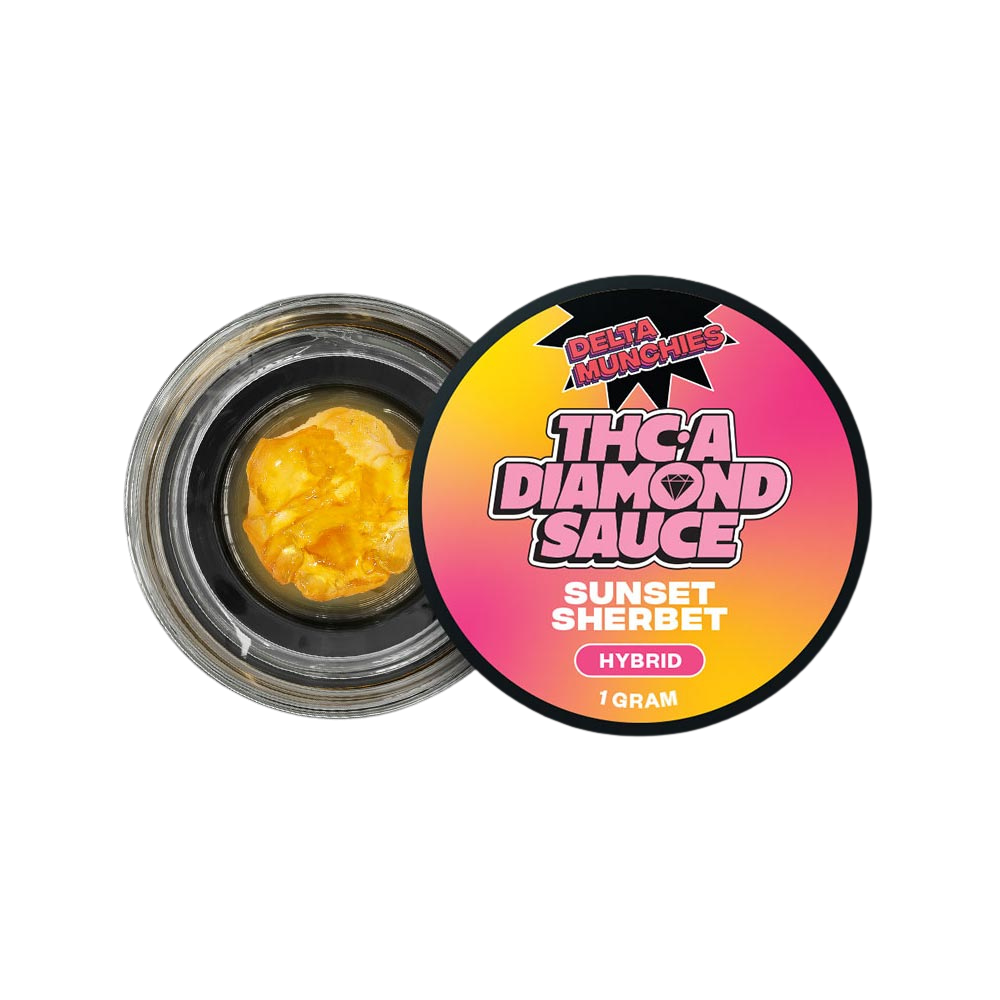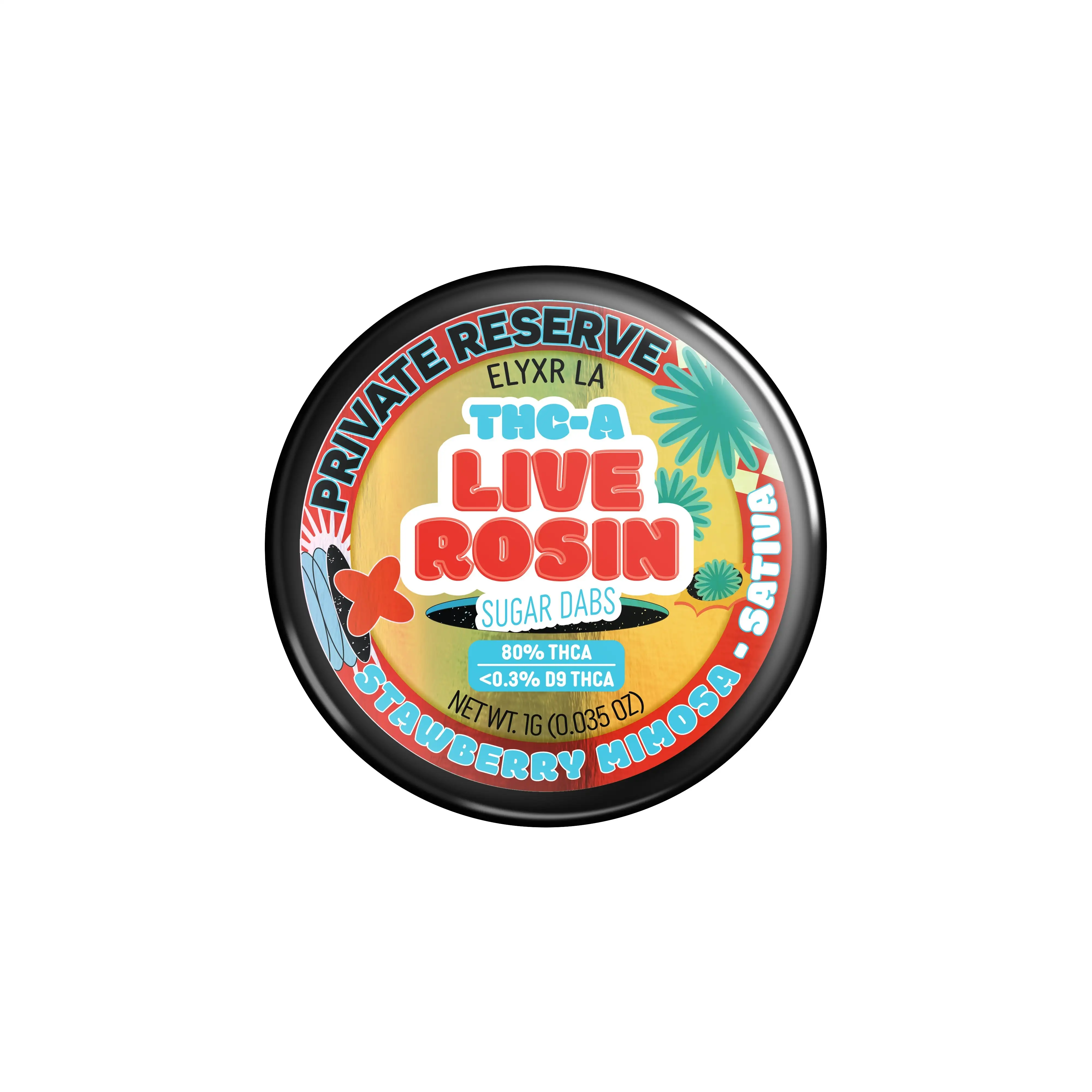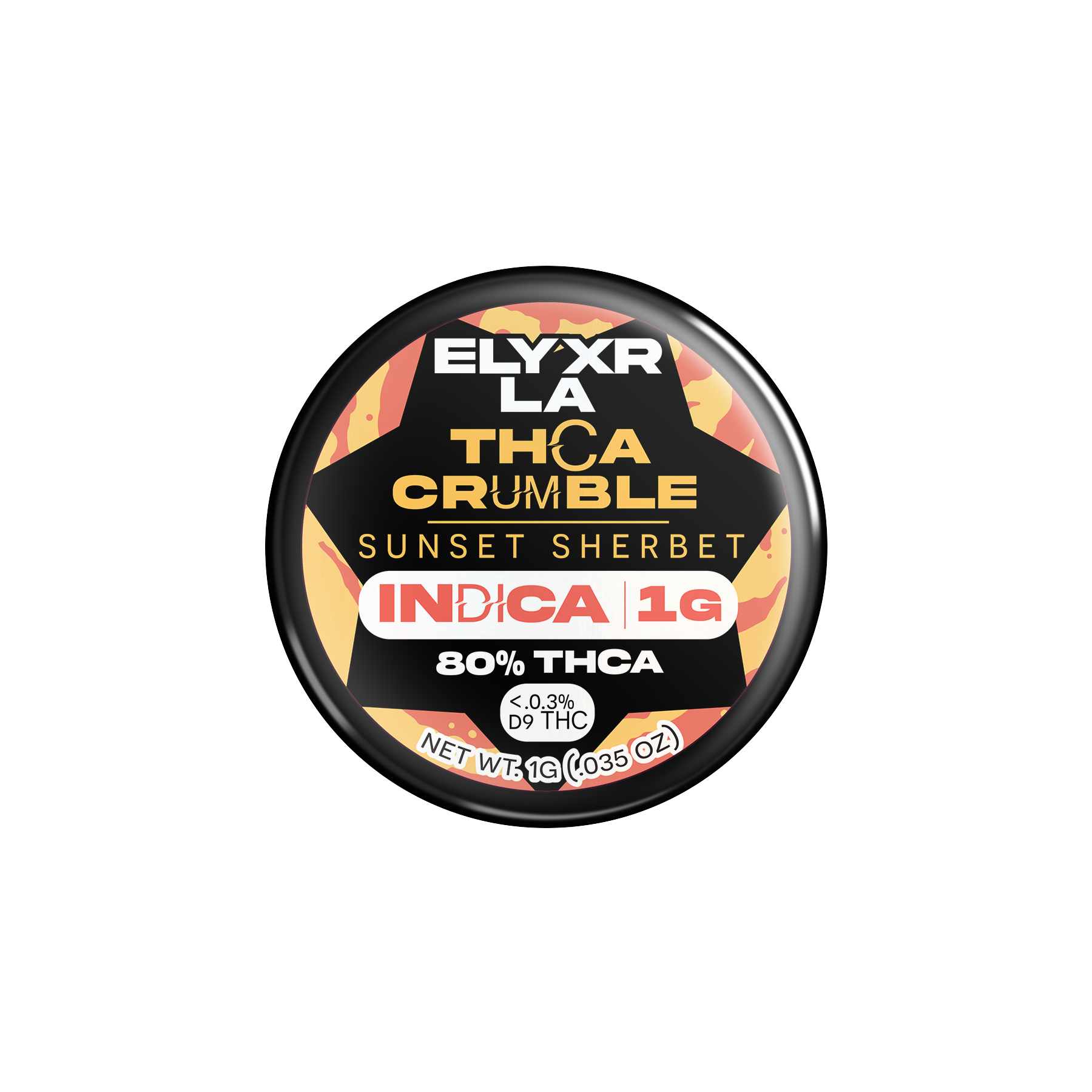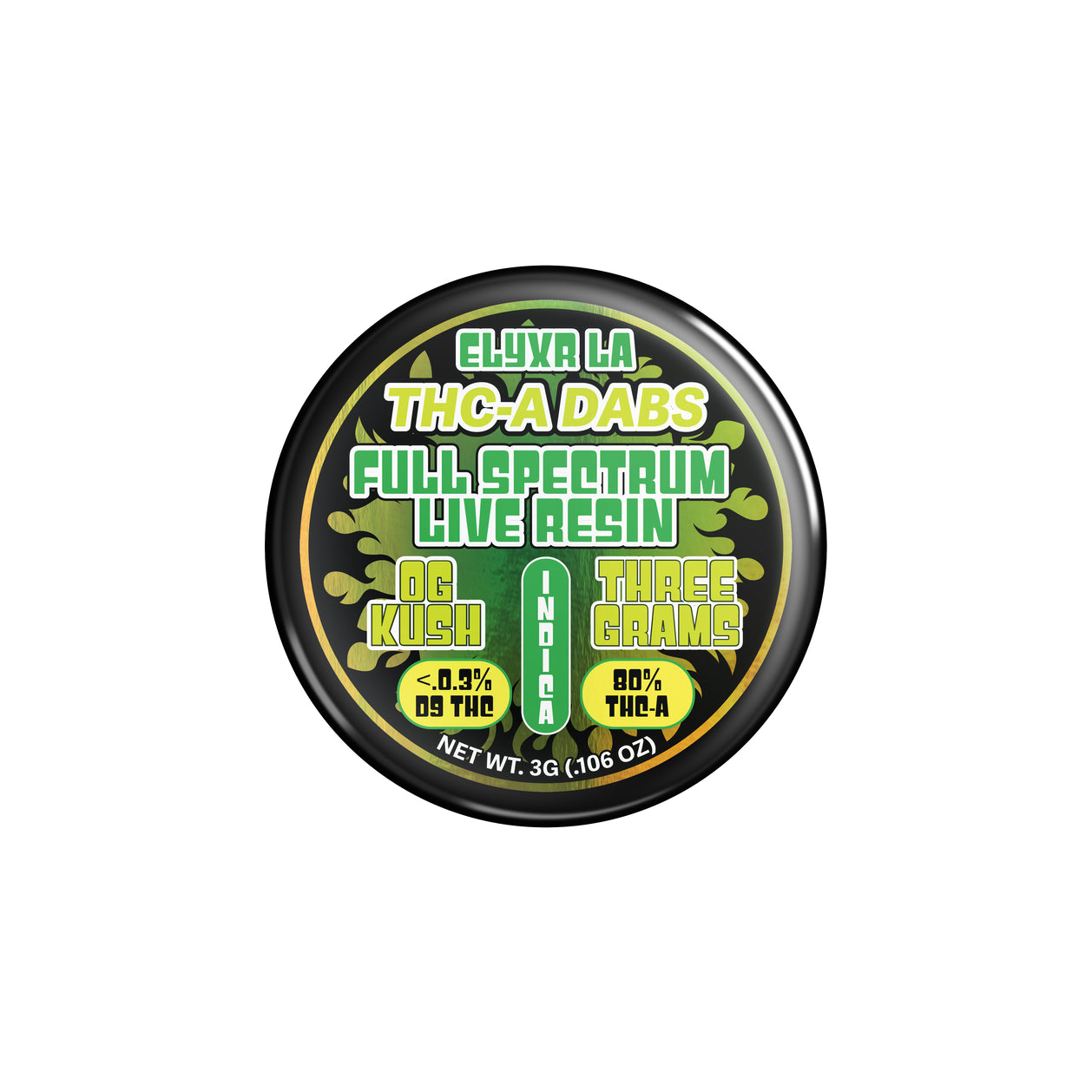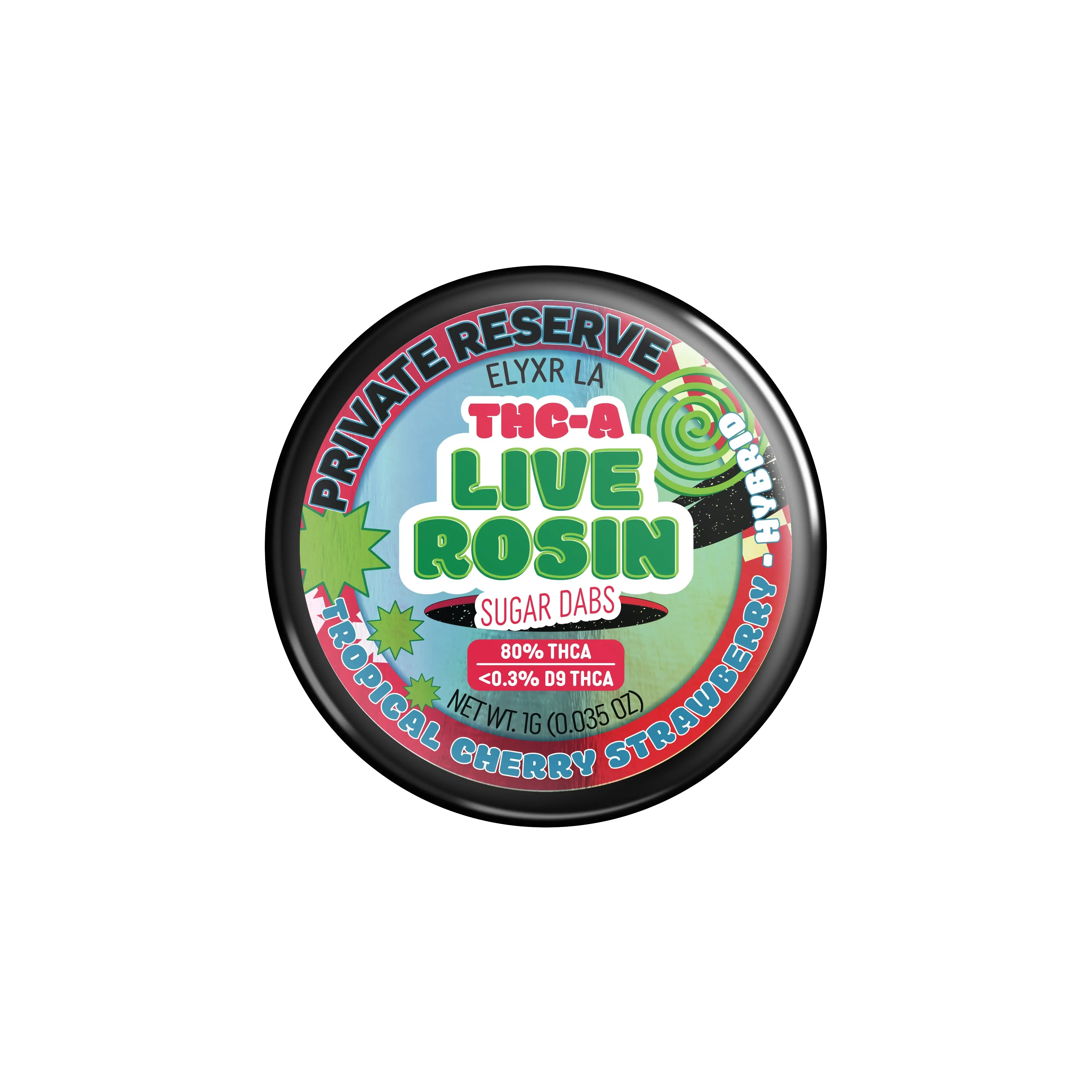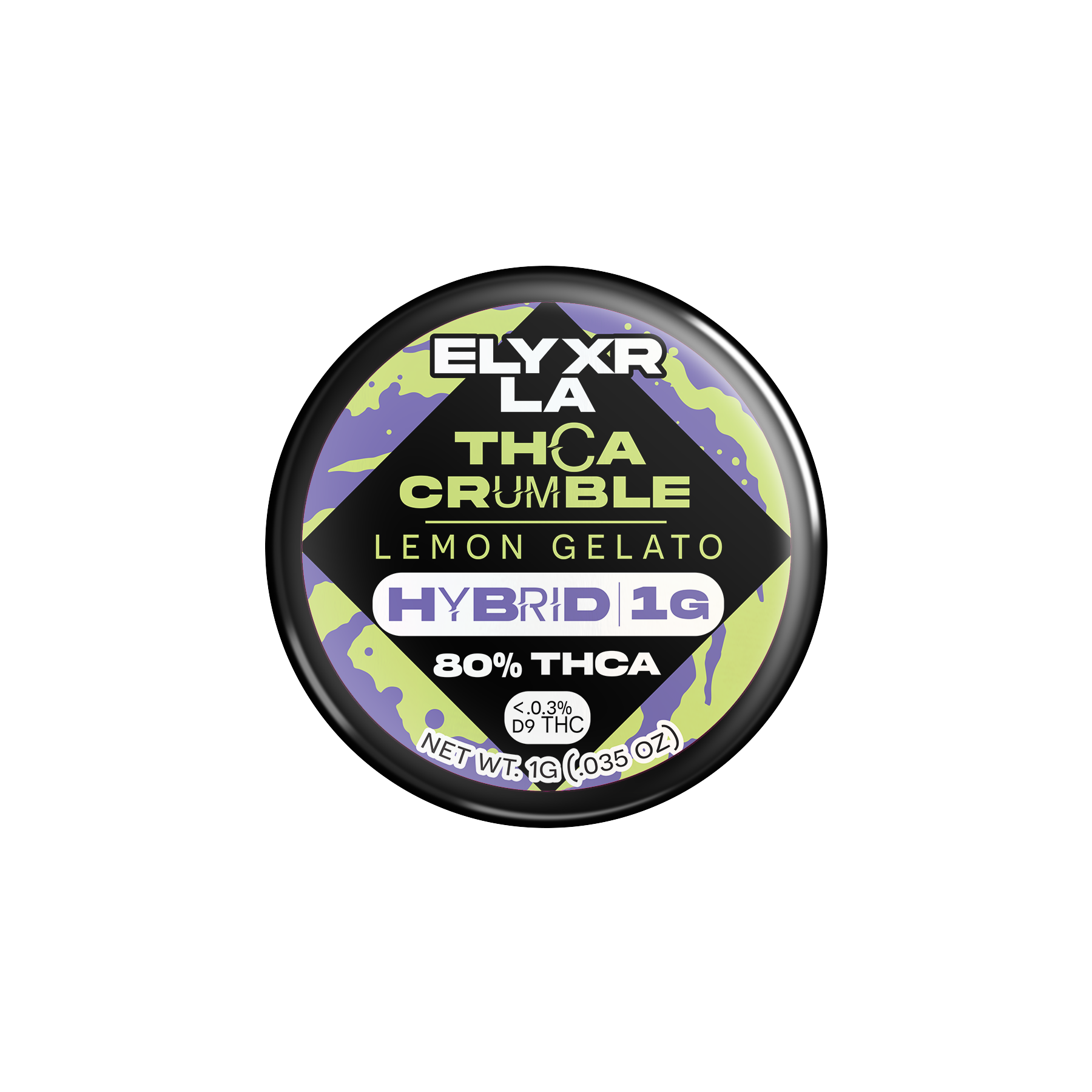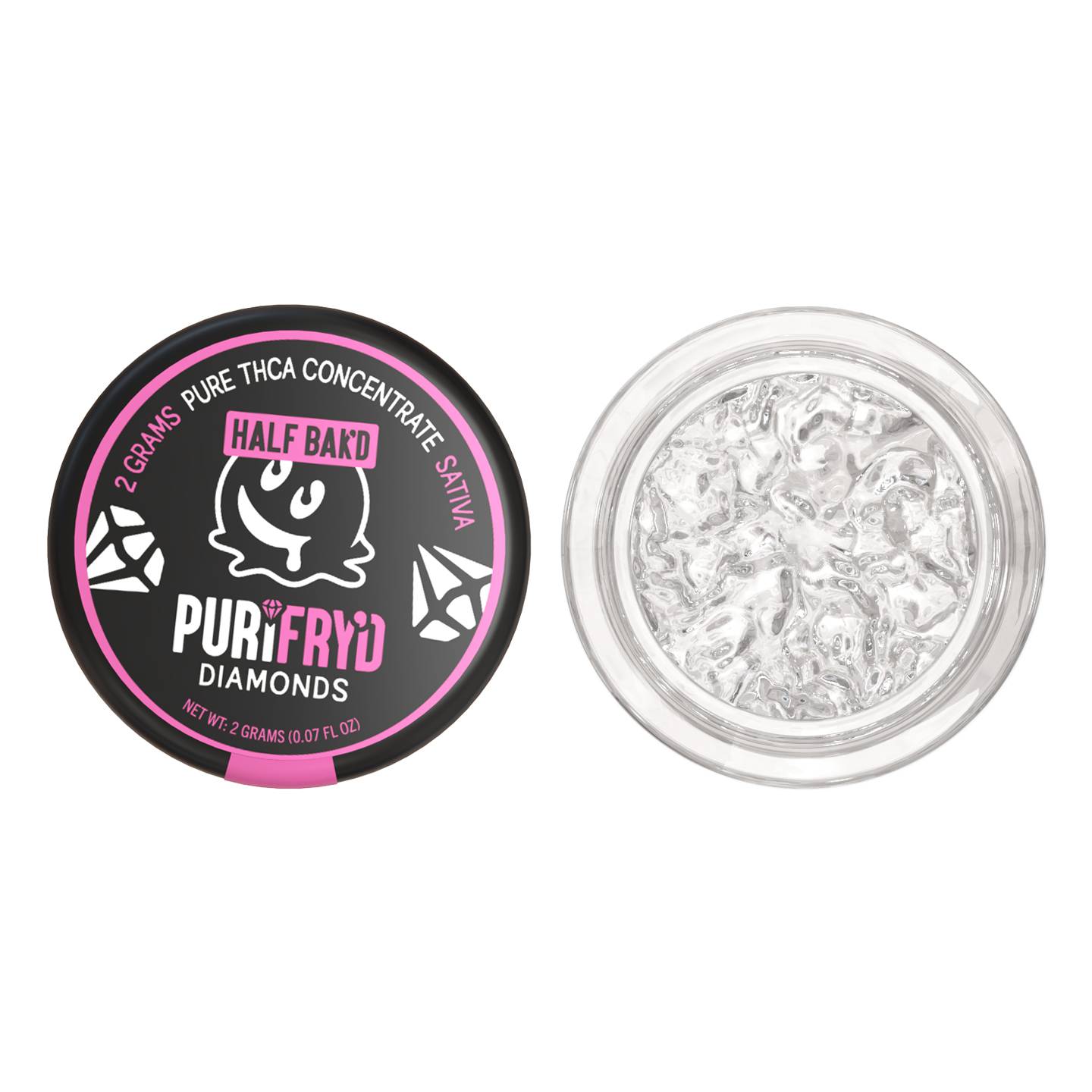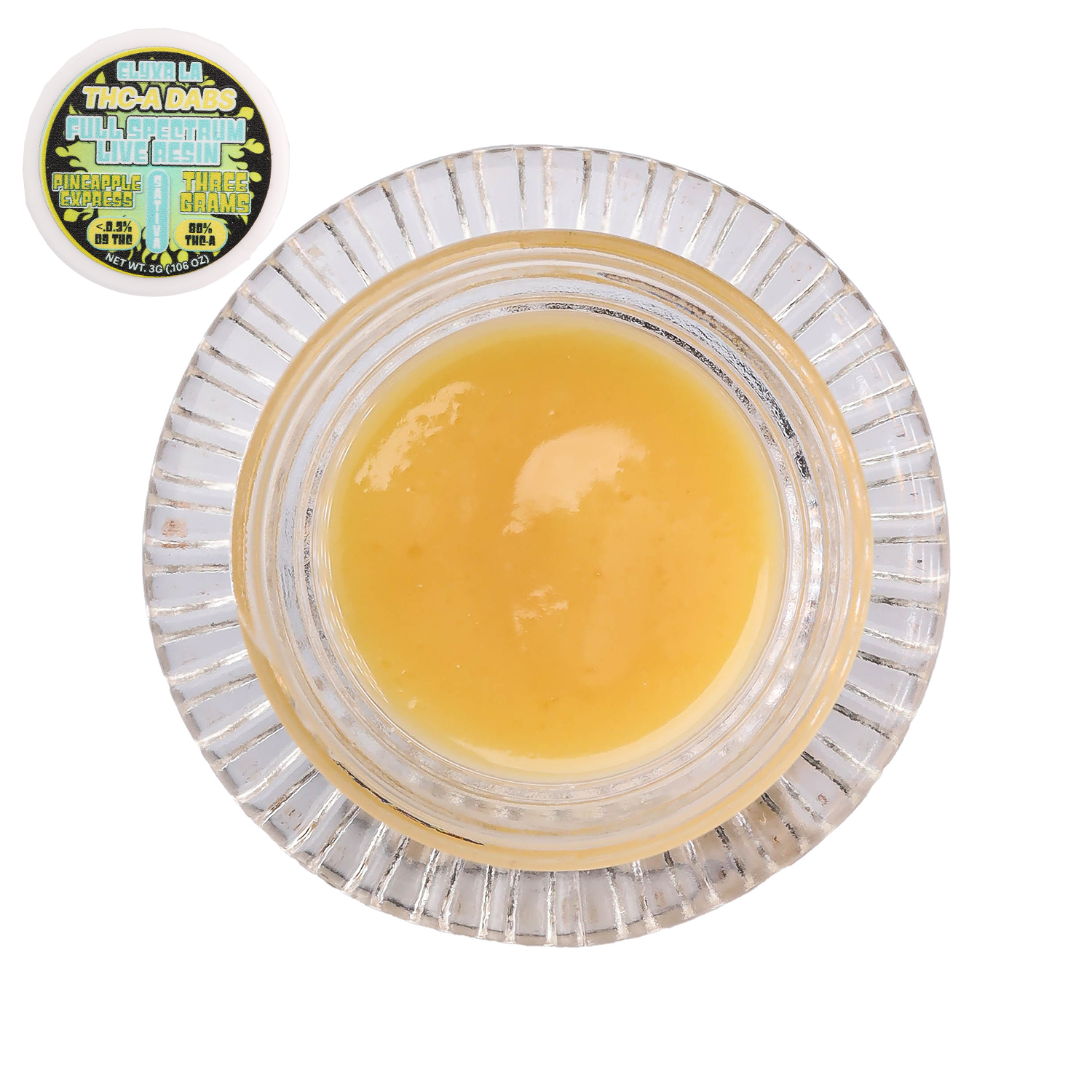If you’ve ever cracked open a hoppy IPA or sparked up a particularly earthy strain of cannabis, you’ve likely come across humulene terpene —even if you didn’t know it by name.
This lesser-known but highly intriguing terpene is responsible for more than just aroma. From its therapeutic potential to its presence in some of the most popular cannabis strains, humulene plays a quiet but important role in how we experience cannabis.
What Is Humulene?
Humulene, also known as α-humulene or alpha-humulene, is a naturally occurring terpene (natural compounds) found in a variety of plants, including the hops plant, sage, ginseng, and—you guessed it—the cannabis plant. It’s part of the larger family of sesquiterpenes and has been widely studied not only for its essential oil fragrance but also for its biological activity.
Its presence in hops makes humulene one of the major contributors to the distinctive aroma of beer, especially hoppy craft brews. In cannabis, it doesn’t always take center stage, but it often plays a supporting role in a strain’s terpene profile. Despite being underrated compared to limonene or myrcene, humulene is gaining attention for its potential benefits and unique aromatic signature.

What Does Humulene Smell and Taste Like?
Let’s talk sensory. If you’ve ever picked up on an earthy, woody, slightly spicy note while sniffing a bud, humulene might be the culprit. Its aroma is often described as herbal and peppery, reminiscent of a pine forest or freshly ground black pepper. That makes sense, considering it shares some aromatic overlap with caryophyllene, another spicy terpene commonly found in cannabis.
Flavor-wise, humulene can impart a slightly bitter, woody taste that balances well with sweeter or citrus-heavy terpenes. For cannabis consumers, humulene helps create those nuanced flavor layers that make each strain unique. While it might not be the flashiest terpene on the block, its contribution to flavor and smell is essential for those who appreciate the finer details of the cannabis experience.
Potential Benefits and Effects of Humulene
One of the reasons humulene is catching more interest is because of its potential therapeutic effects. Research—still in early stages—suggests that humulene might have anti-inflammatory effects, antibacterial properties, and even appetite-suppressing properties. That last one’s especially interesting: while most associate THC with inducing the munchies, humulene may actually help curb your appetite, making it a potentially useful component in weight management strategies.
Here’s a quick rundown of the most talked-about potential benefits of humulene:
- Anti-inflammatory: May help reduce swelling, inflammation, and relieve pain
- Appetite suppressant: Could counteract hunger (a rarity in cannabis compounds)
- Antibacterial and antifungal: Early studies suggest possible antimicrobial properties
It’s worth noting that these effects don’t occur in isolation. In cannabis, humulene works alongside other cannabinoids like THC and CBD, as well as other terpenes, to contribute to what’s known as the entourage effect—a synergistic interaction that influences how you feel.

Strains That Contain Humulene
If you’re curious to try humulene-rich cannabis, there are plenty of familiar strains that feature this terpene in their profile—though usually not as the dominant one. Some examples include:
- Girl Scout Cookies – Known for its sweet and earthy aroma, this strain often contains humulene alongside caryophyllene.
- Sour Diesel – A pungent, energetic strain that balances its diesel notes with peppery undertones.
- White Widow – Offers a mix of earthy and spicy aromas with uplifting effects.
- Headband – Named for the heady sensation it delivers, this strain often includes humulene in its aromatic mix.
These strains showcase humulene’s ability to complement other terpenes and cannabinoids, contributing to both the flavor and overall experience. If you’re browsing terpene profiles at a dispensary or reading lab results, keep an eye out for α-humulene on the list.
Humulene vs. Other Terpenes
It’s easy to confuse humulene with other peppery or earthy terpenes, but each one brings something unique to the table. For example, caryophyllene also has a spicy scent and is often found in similar strains, but it binds directly to CB2 receptors, giving it some unique anti-inflammatory and analgesic effects. Humulene, on the other hand, contributes to scent and may enhance the effects of other terpenes rather than acting as a cannabinoid mimic.
Compared to citrusy terpenes like limonene, which are more energizing and mood-lifting, humulene tends to bring a more grounded, mellow effect. It’s not sedative like myrcene, but it doesn’t have the zippy brightness of limonene either. Think of it as an earthy middle ground—a terpene that balances and rounds out a strain’s profile rather than stealing the spotlight.
Understanding these distinctions can help you make more informed decisions when choosing cannabis strains tailored to your preferences or needs.
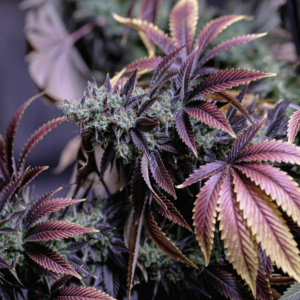
Final Thoughts: Should You Seek Out Humulene Terpene?
So, is humulene worth chasing down? If you’re the type of cannabis consumer who loves nuance—whether in flavor, aroma, or effects—then yes, humulene is definitely worth exploring. Its earthy, woody character adds complexity to your sesh, while its potential health benefits may offer a little extra wellness boost without overpowering psychoactive effects.
Humulene might not be the loudest terpene in the room, but it’s one of those low-key MVPs that enhances everything around it. Whether you’re looking to avoid the munchies, reduce inflammation, or just enjoy a peppery-smooth inhale, humulene is a terpene to keep on your radar.
As always, everyone reacts to cannabis a little differently. So the best way to find out if humulene-rich strains work for you? Try a few, take note of your experience, and let your endocannabinoid system do the talking.
Frequently Asked Questions
1. What does the terpene humulene do?
Humulene is a terpene known for its earthy, woody, and slightly spicy aroma, commonly found in cannabis, hops, and herbs like basil and clove. In cannabis, humulene contributes to the overall aroma and flavor of a strain, but it may also play a role in how that strain affects you. Research suggests humulene may have anti-inflammatory properties, antibacterial properties, and appetite-suppressing properties, making it a potential player in therapeutic cannabis formulations. It works as part of the entourage effect, meaning its effects are amplified when combined with cannabinoids like THC and CBD.
2. Is humulene a sativa or indica?
Humulene itself isn’t classified as sativa or indica—it’s a terpene, not a cannabis strain. However, it can be found in both sativa- and indica-dominant strains, depending on the plant’s unique terpene profile. For example, humulene may show up in sativa-leaning strains like Sour Diesel as well as in indica-dominant strains like Headband. So rather than determining whether a strain is indica or sativa, humulene adds to the overall effects and flavor that each type offers.
3. Is humulene good for anxiety?
While humulene hasn’t been studied extensively for anxiety relief on its own, its anti-inflammatory and calming properties may support overall wellness in ways that indirectly help with anxiety. In cannabis strains, humulene often works alongside other terpenes and cannabinoids to create a soothing experience. Some users report that humulene-rich strains feel more balanced or less overwhelming, which can be helpful for people who are sensitive to THC-induced anxiety. Still, effects vary, and individual results depend on the full cannabinoid and terpene profile.
4. Does humulene make you sleepy?
Humulene is generally not known for causing sedation the way myrcene or linalool might. In fact, some strains with humulene are described as more uplifting or balanced, depending on the full terpene mix. However, in combination with other relaxing compounds, humulene might contribute to a calming or slightly grounding effect. So while it’s not a go-to terpene for sleep, it won’t necessarily keep you wired either—it’s more about enhancing the overall mood of the strain it’s found in.





